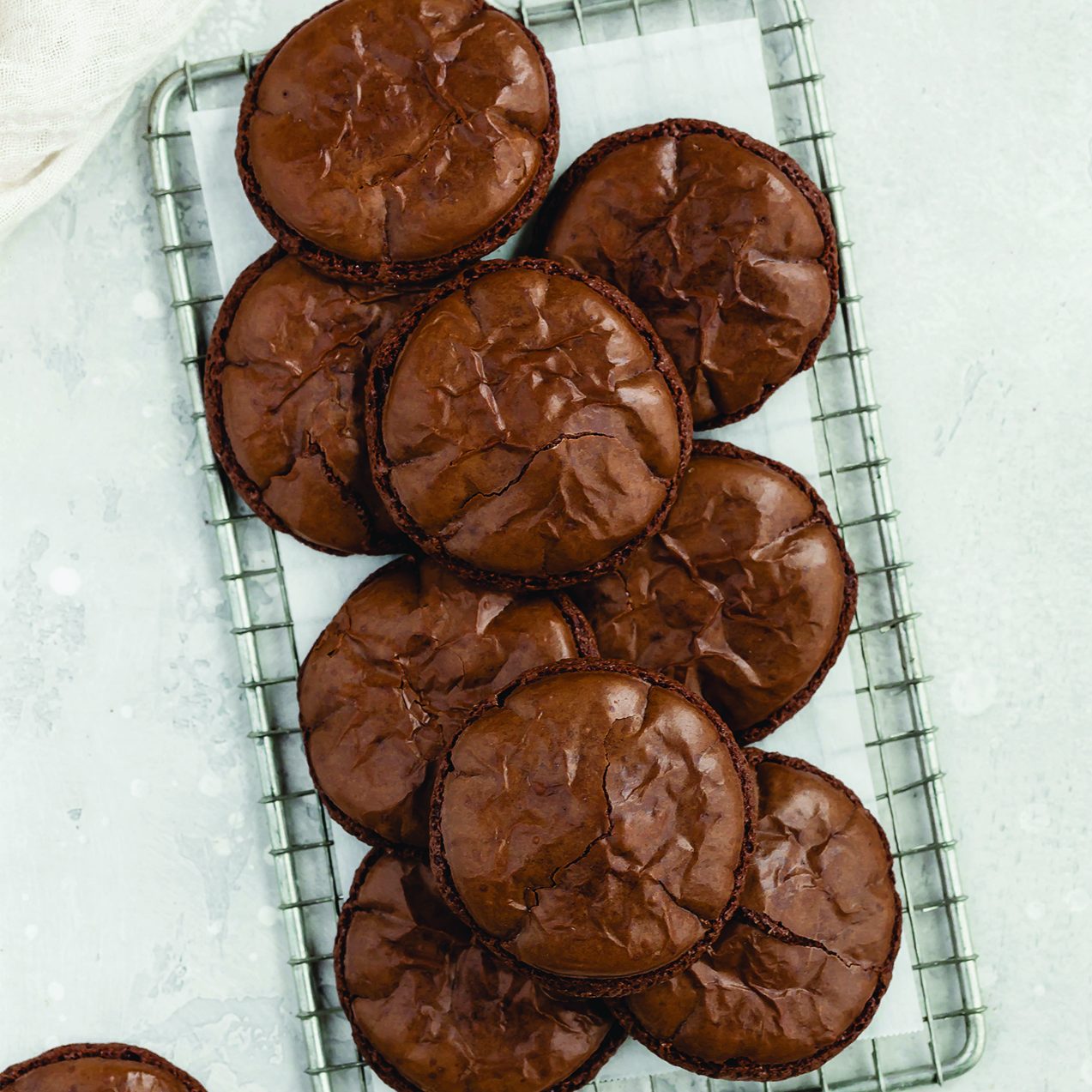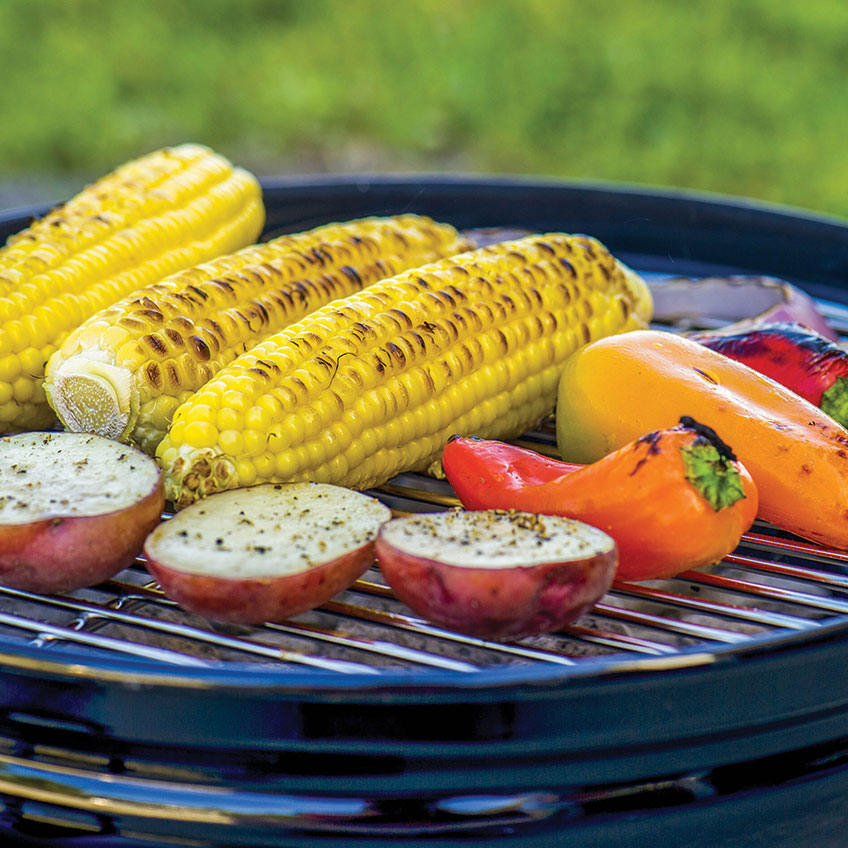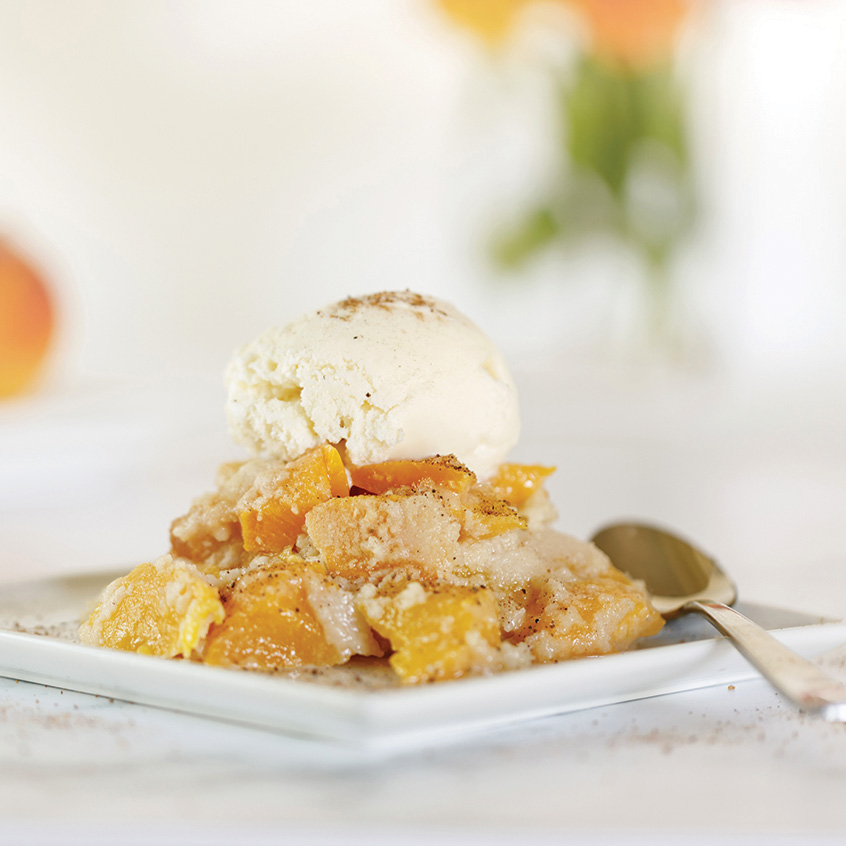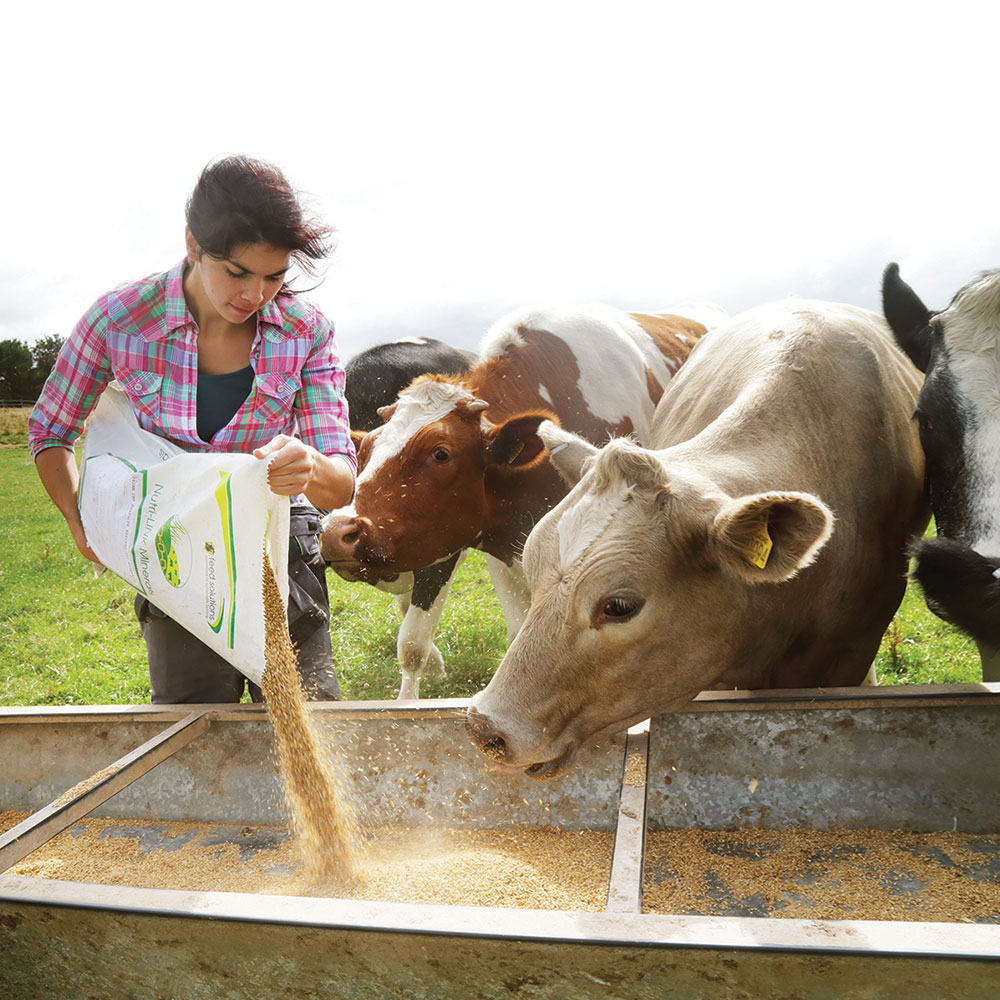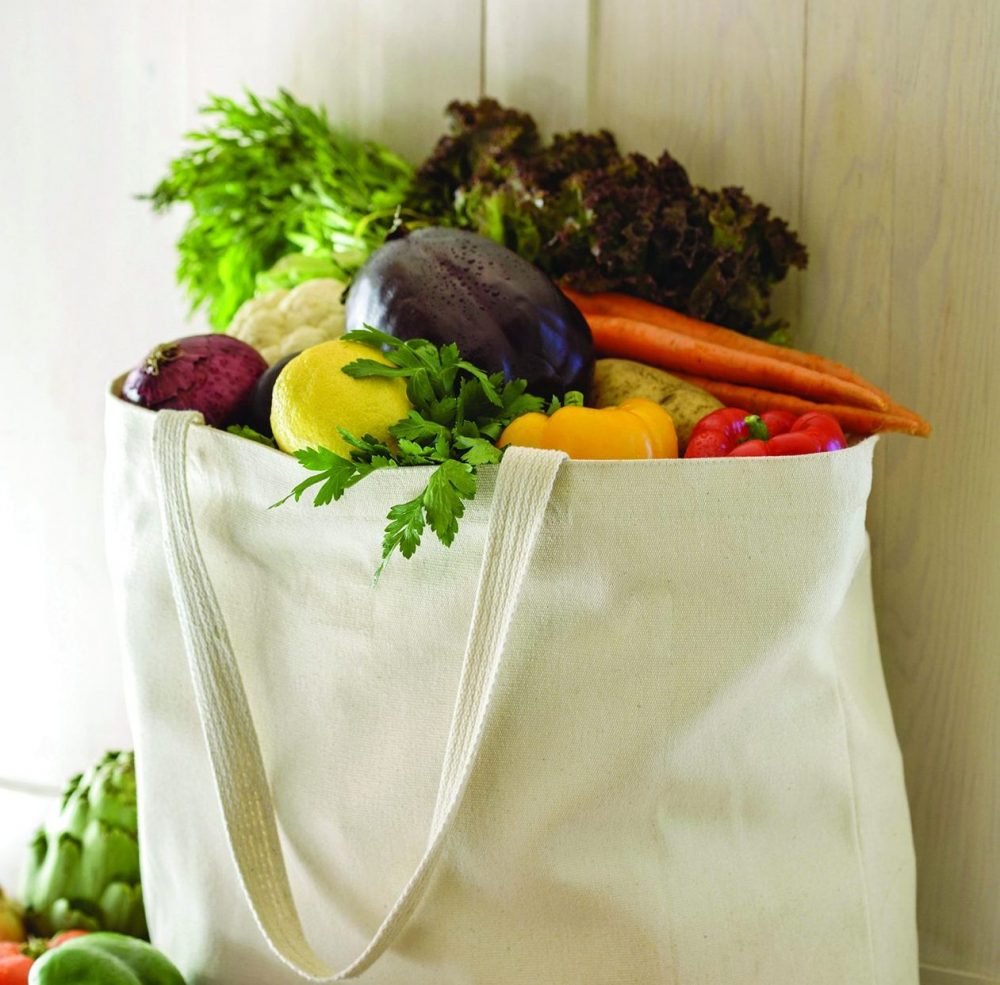Holiday entertaining season begins on Thanksgiving. Anyone who has been tasked with hosting Thanksgiving understands the commitment required to prepare a delicious meal for guests, which often encompasses appetizers, several side dishes and, of course, turkey as the centerpiece. Guests attending a Thanksgiving dinner can give holiday hosts and hostesses a break by providing dessert.
Cookies are a popular treat. Thanks to their flavor, portability and relatively short preparation and cooking times, cookies are a smart choice when bringing dessert to a holiday gathering. This recipe for “Flourless Chocolate Cookies” from Danielle Rye’s “Live Well Bake Cookies: 75 Classic Cookie Recipes for Every Occasion” (Rock Point) offers the added benefit of being flourless. That means that even those with gluten allergies or intolerances can indulge.
Flourless Chocolate Cookies
Makes 24 to 36 cookies
3 cups powdered sugar
3/4 natural unsweetened cocoa powder
1/2 teaspoon espresso powder (optional)
1/4 teaspoon salt
2 large egg whites, at room temperature
1 large egg, at room temperature
1 1/2 teaspoons pure vanilla extract
- Preheat the oven to 350 F. Line two large baking sheets with parchment paper or silicone baking mats and set aside.
- In a large mixing bowl, sift the powdered sugar and unsweetened cocoa powder together, then whisk in the instant espresso powder (if using) and salt until well combined. Set aside.
- In a separate mixing bowl, whisk together the egg whites, egg, and vanilla extract until fully combined.
- Add the wet ingredients to the dry ingredients, and stir until the mixture is fully combined and smooth.
- Using a 1-tablespoon cookie scoop, scoop the cookie dough onto the prepared baking sheets, making sure to leave a little room between each one.
- Bake for 11 to 14 minutes, or until the tops of the cookies are set. Remove from the oven, and allow the cookies to cool completely on the baking sheets.
Store the cookies in an airtight container at room temperature for up to 5 days.

